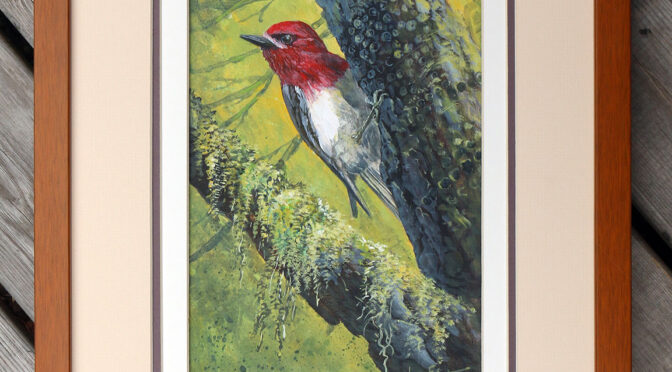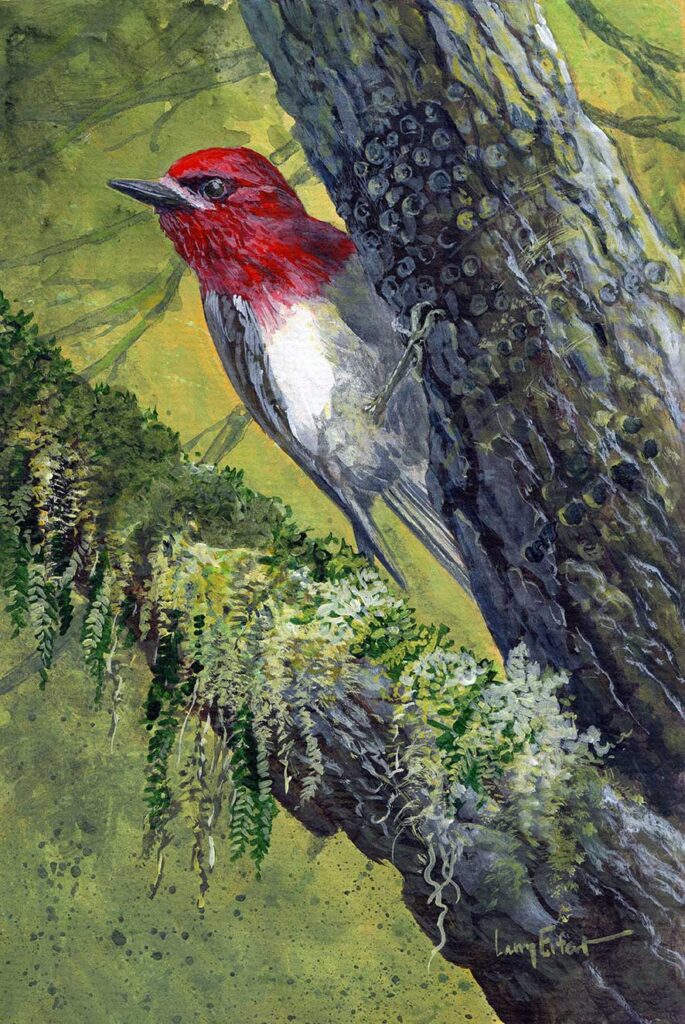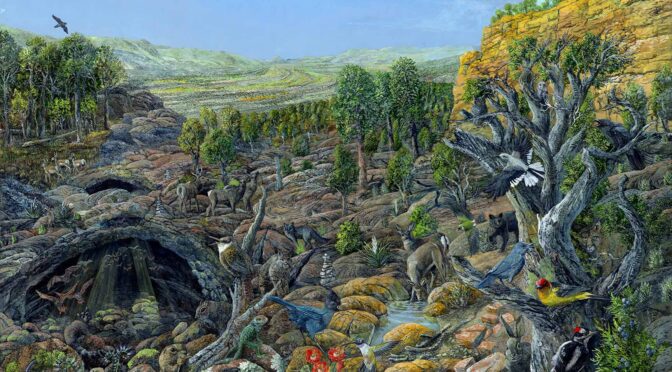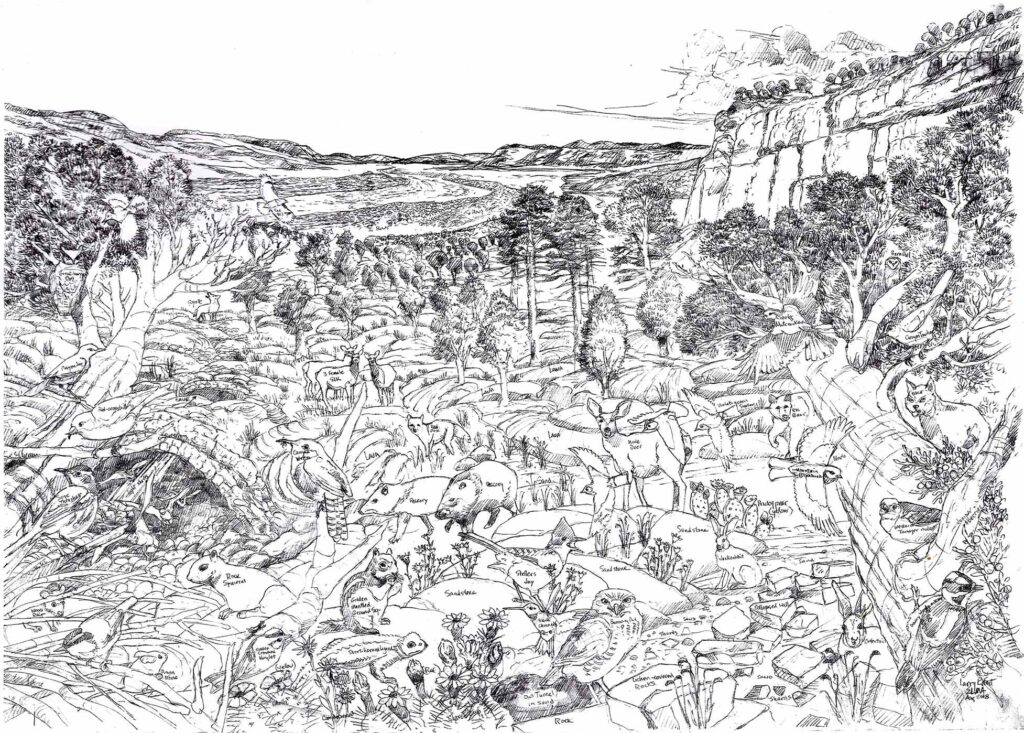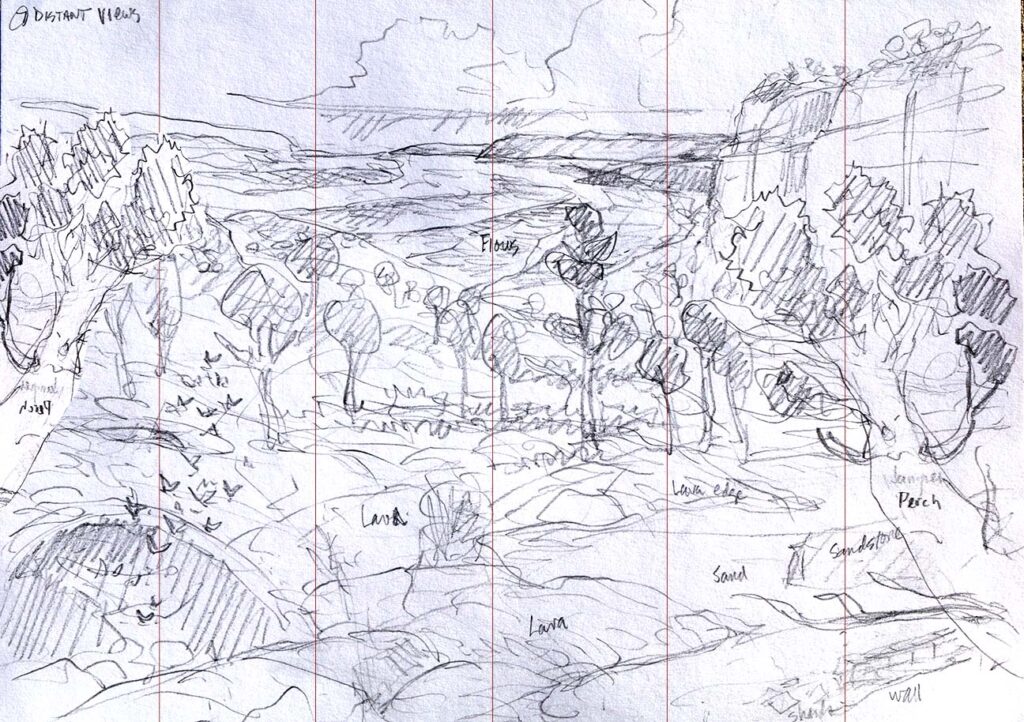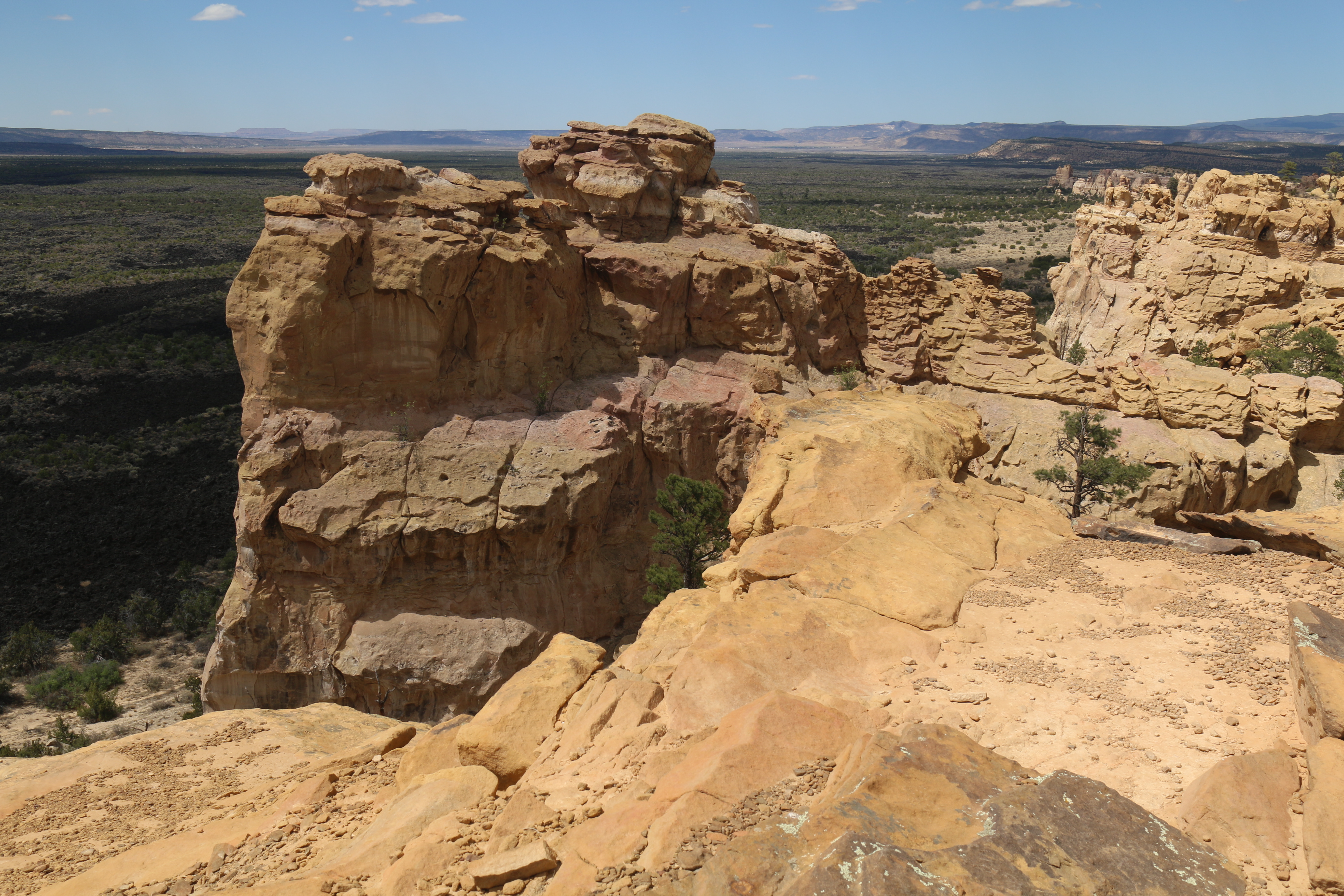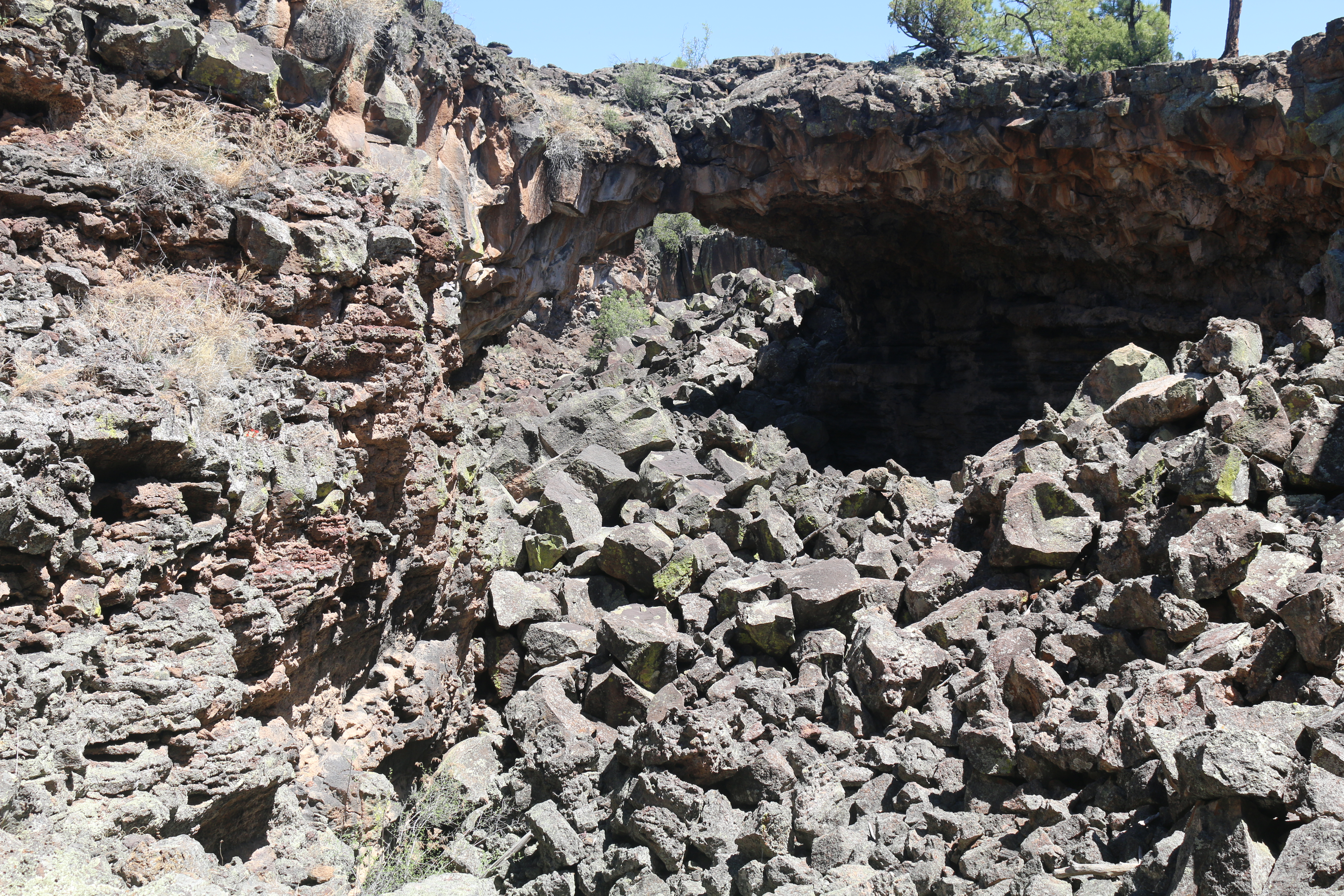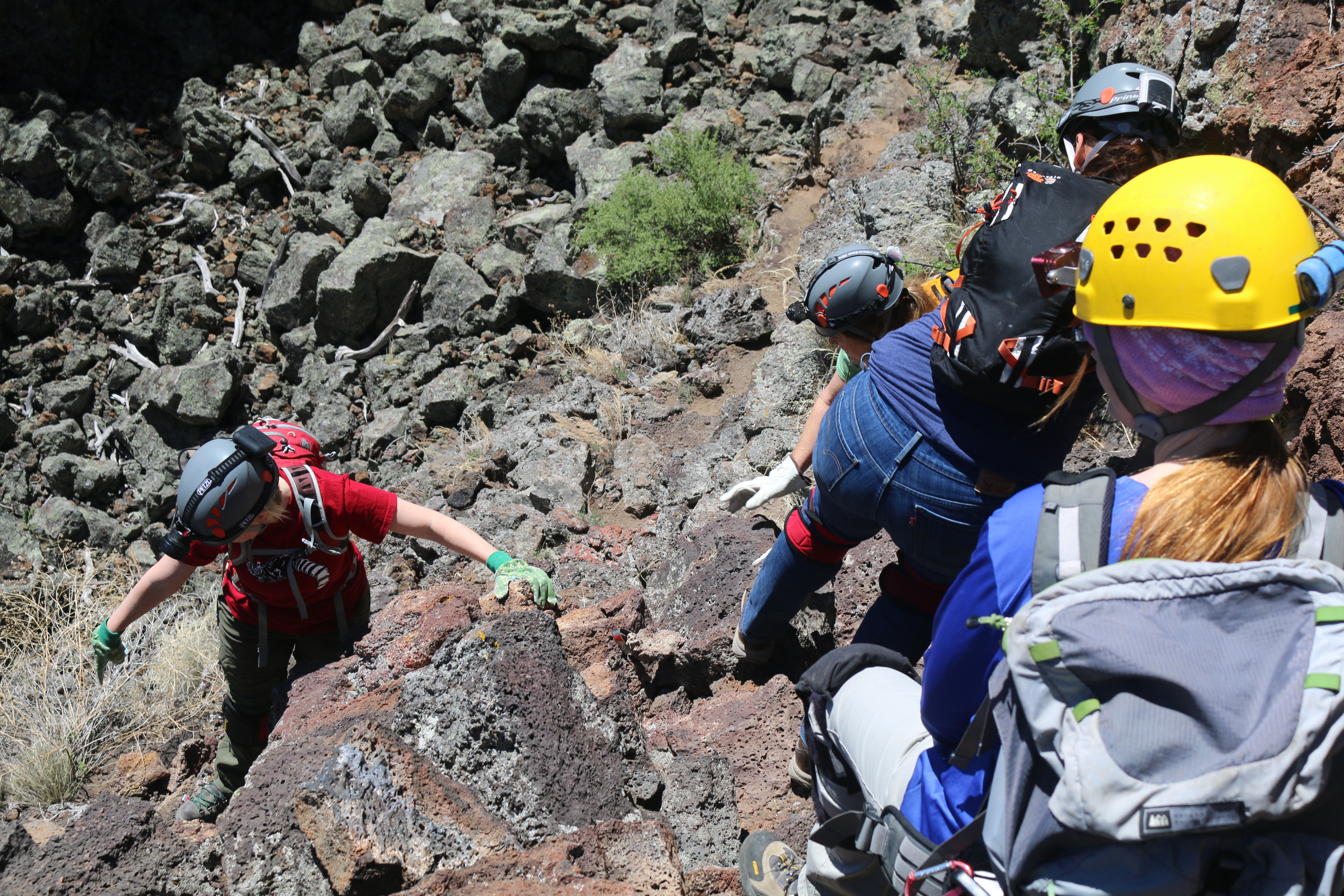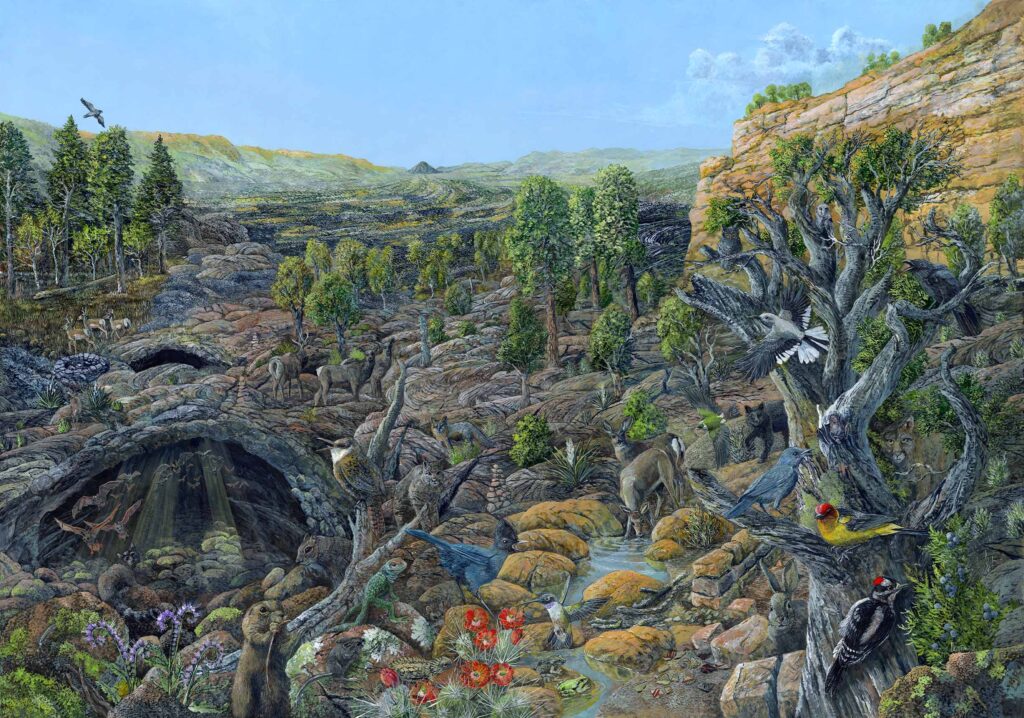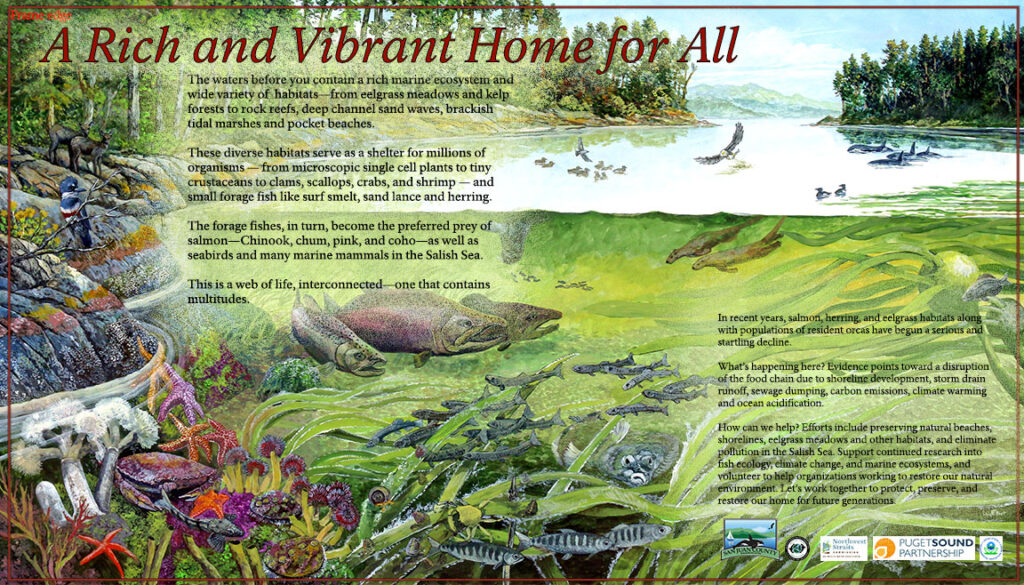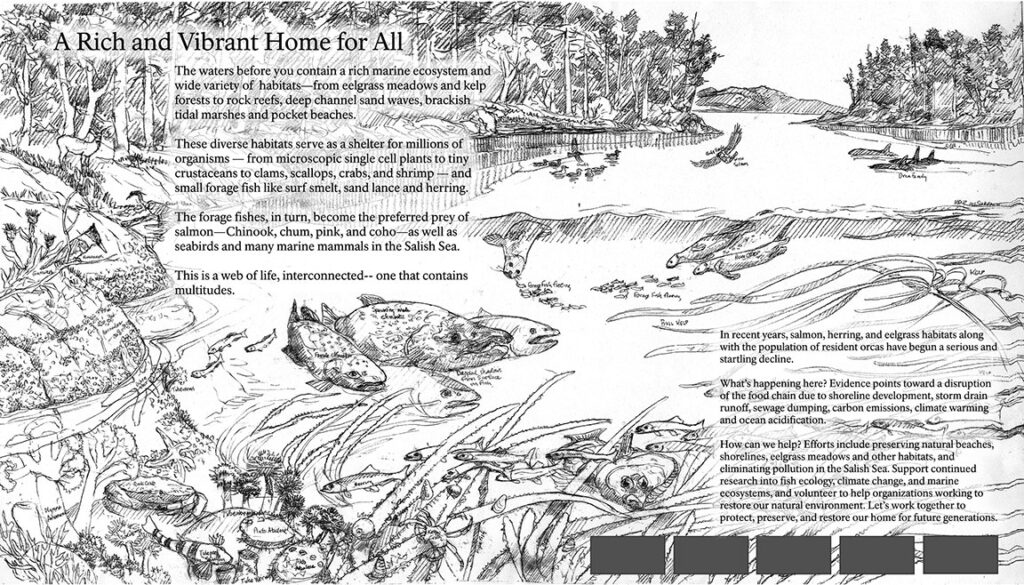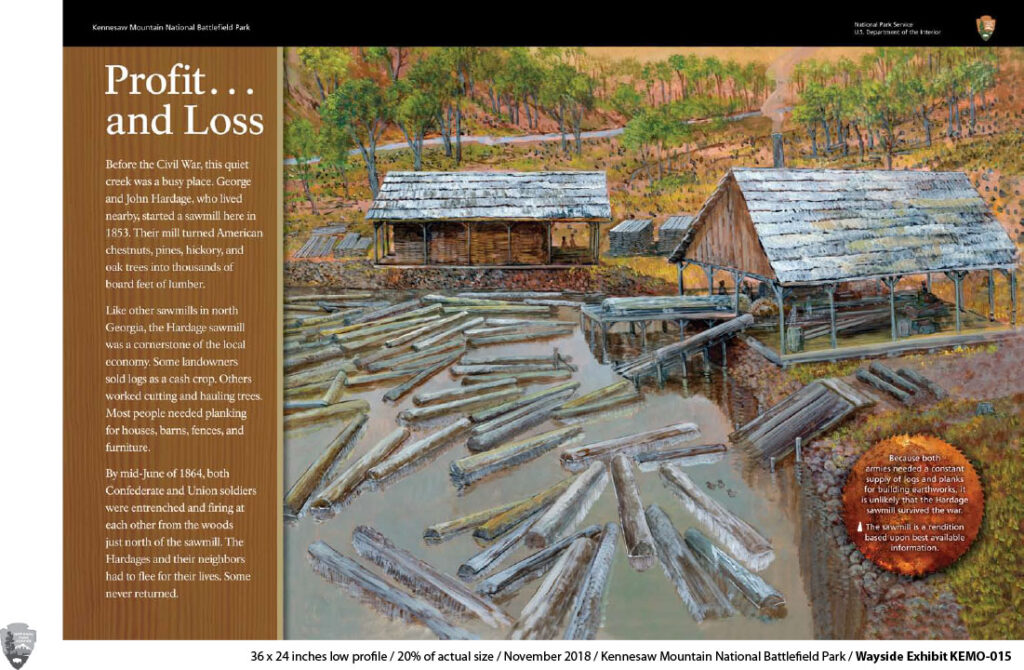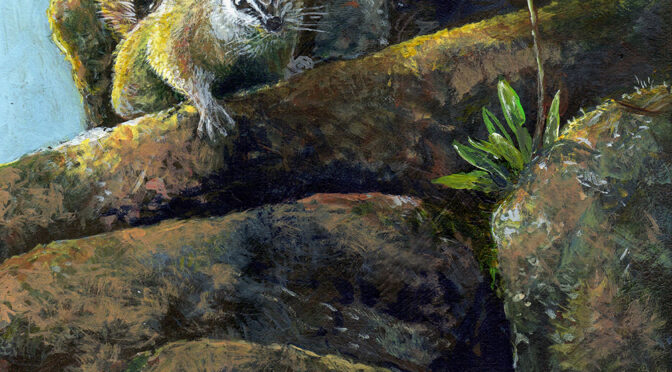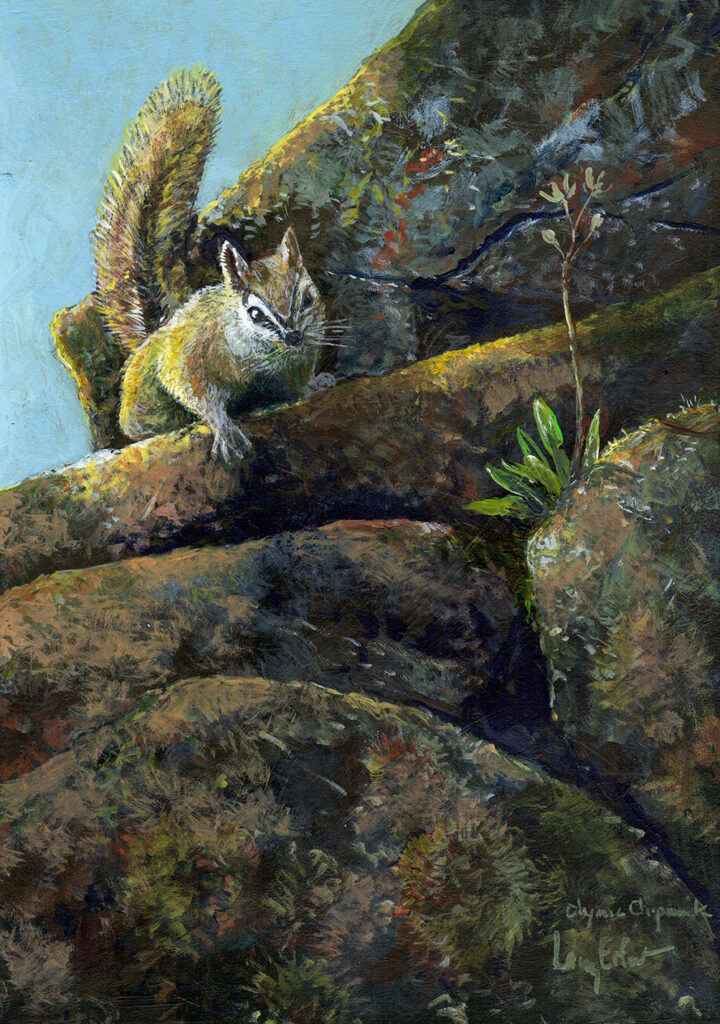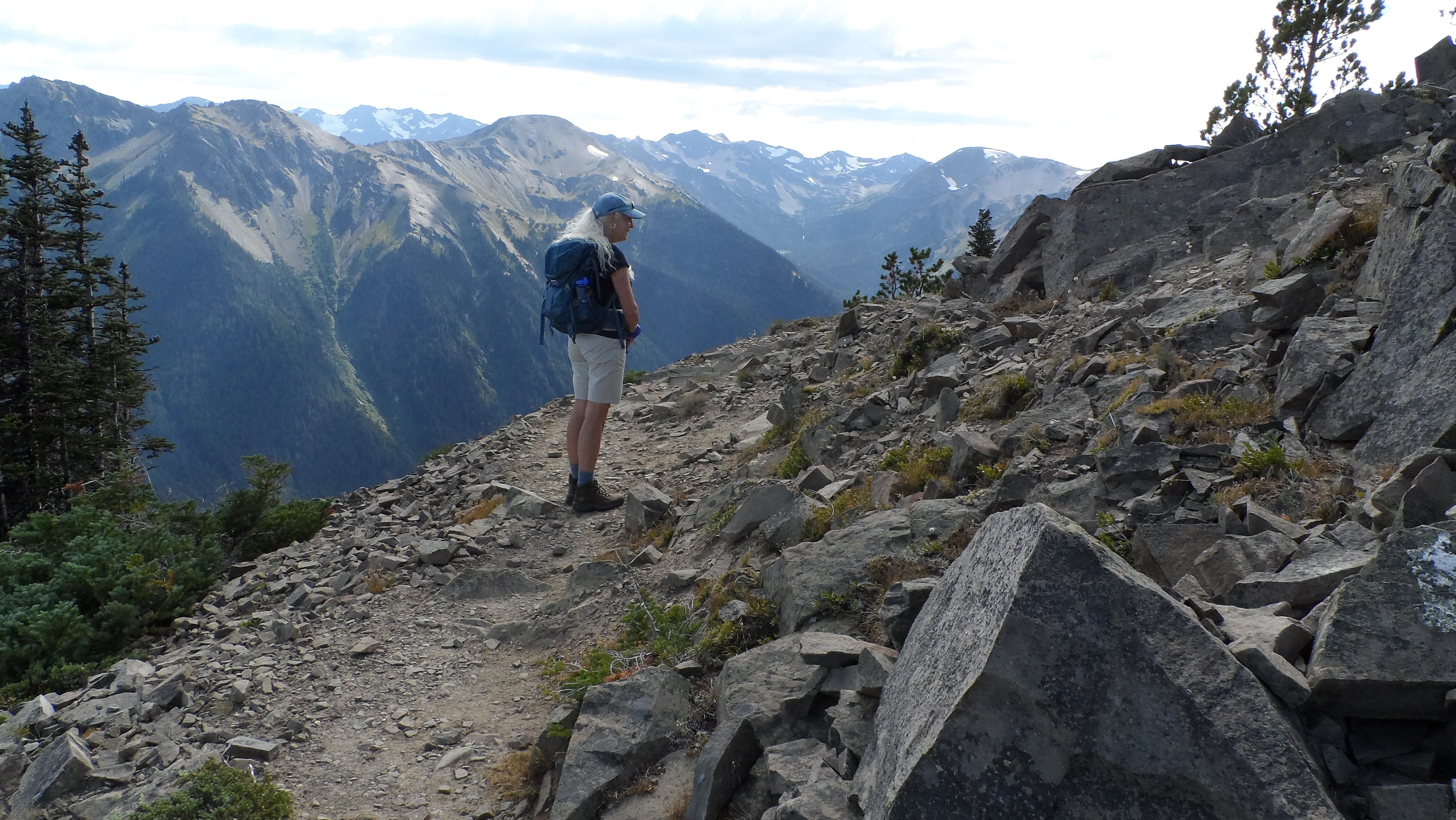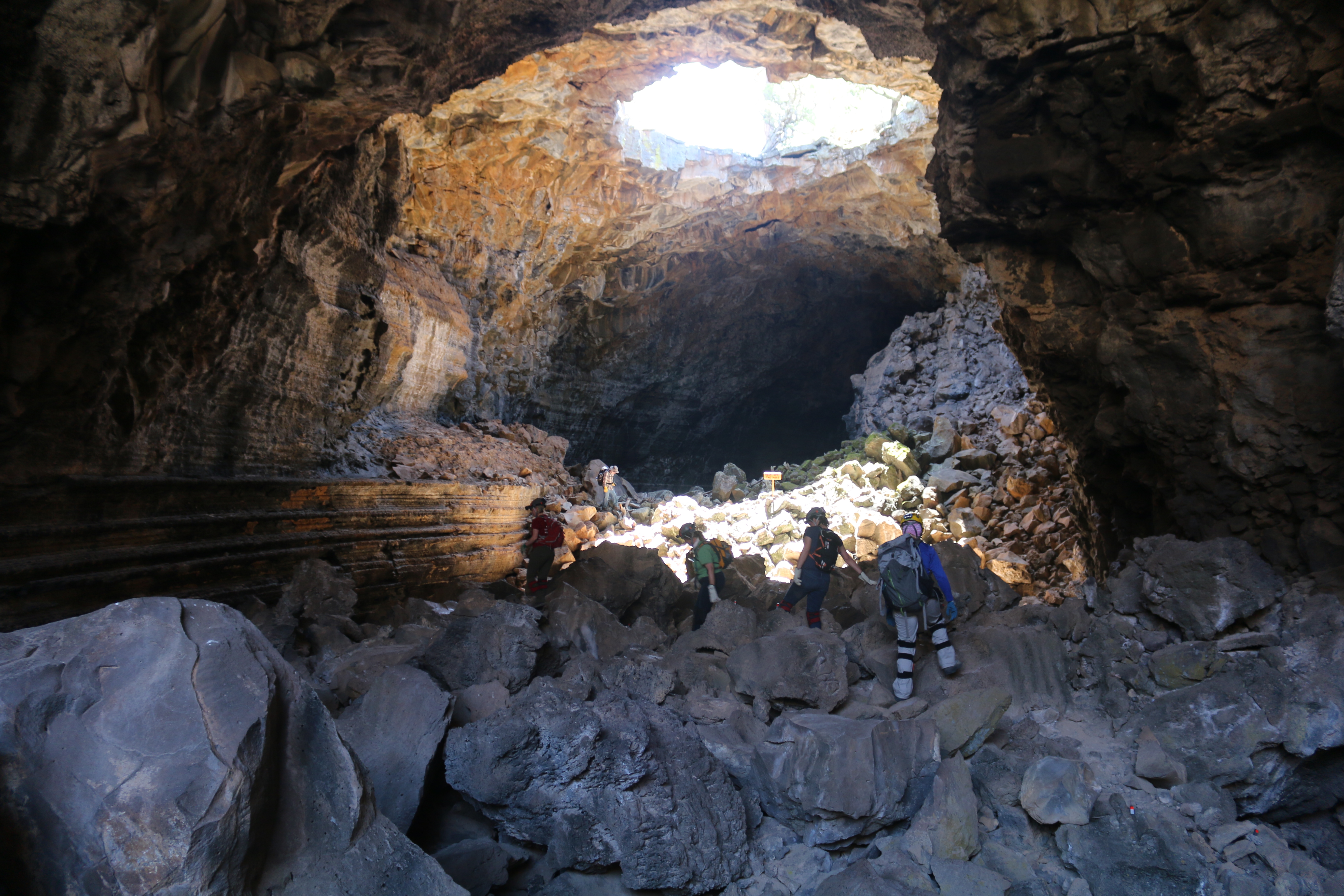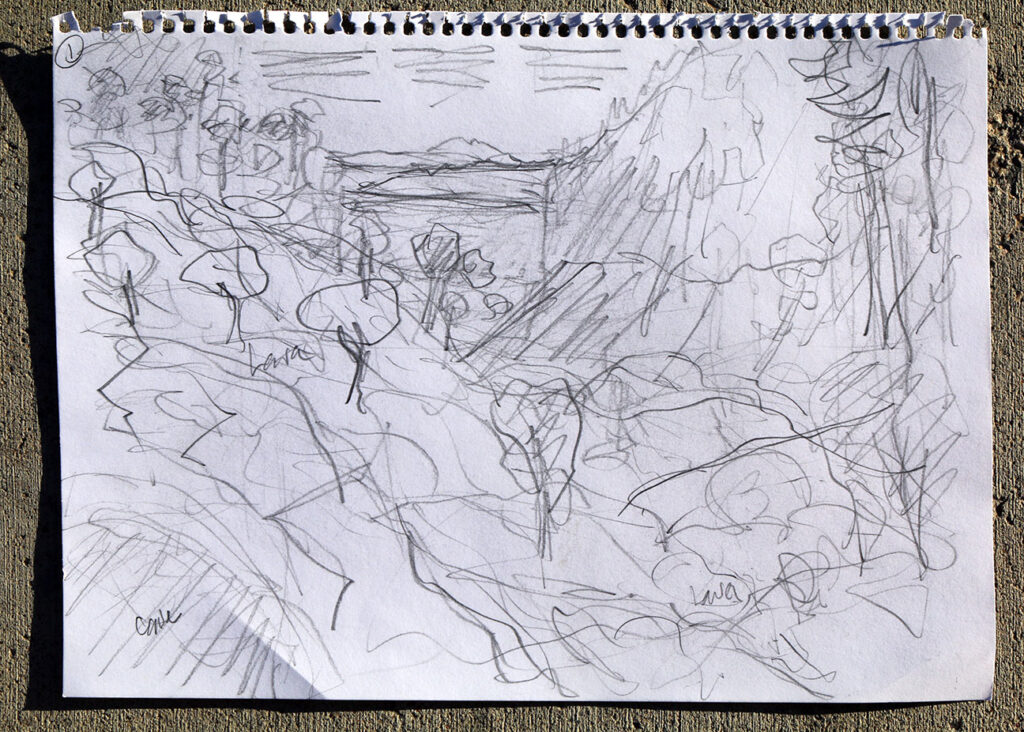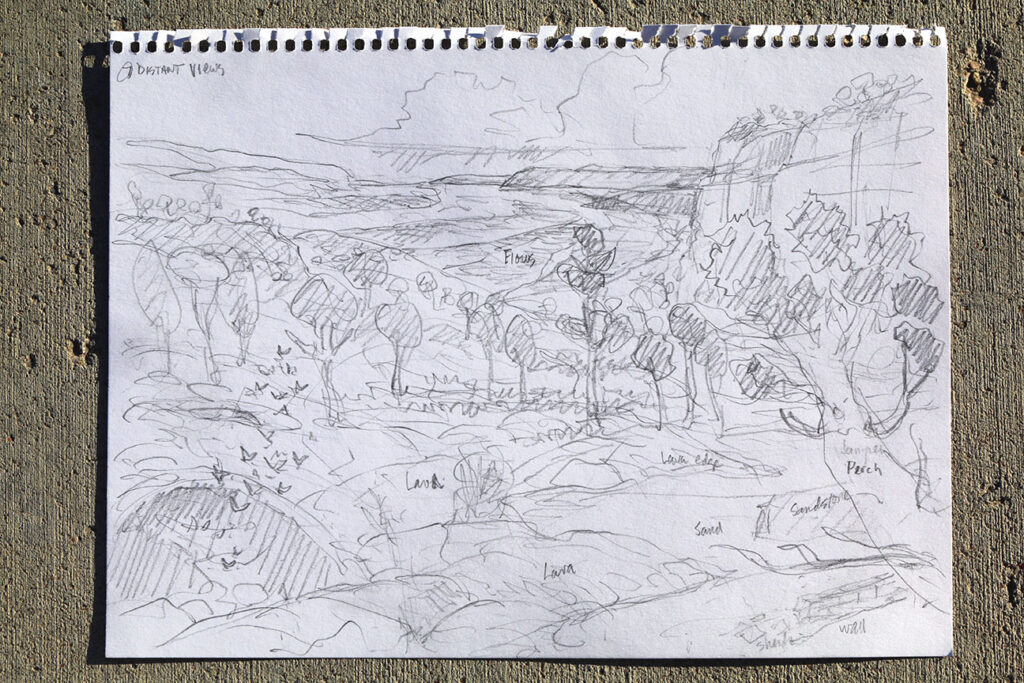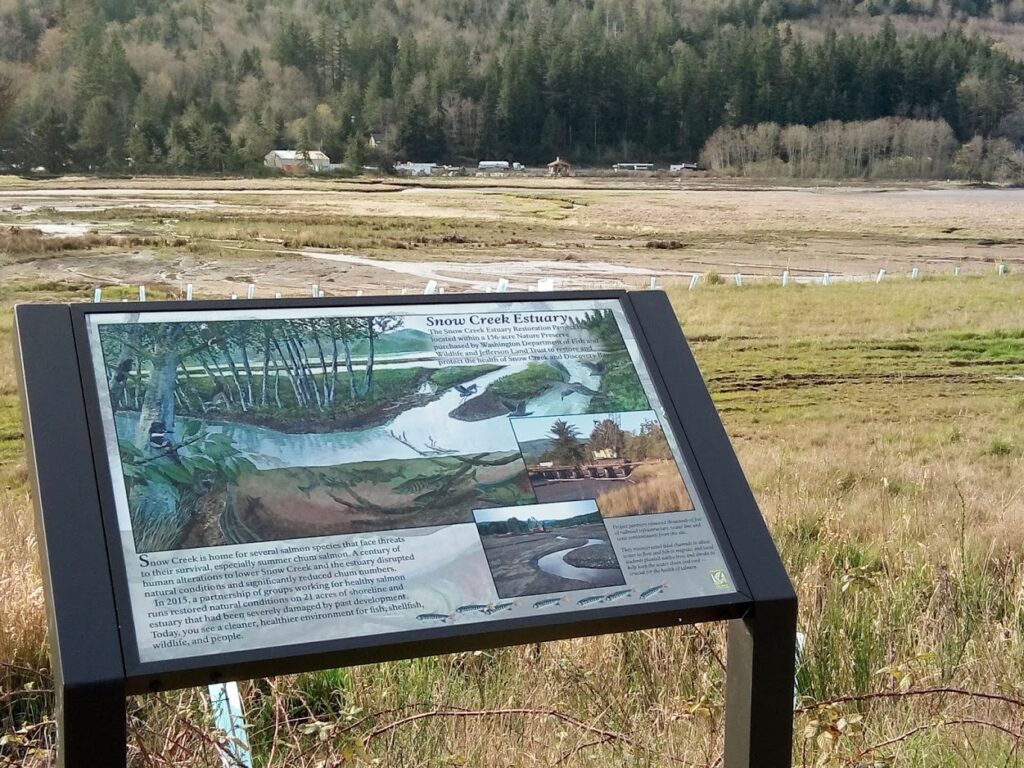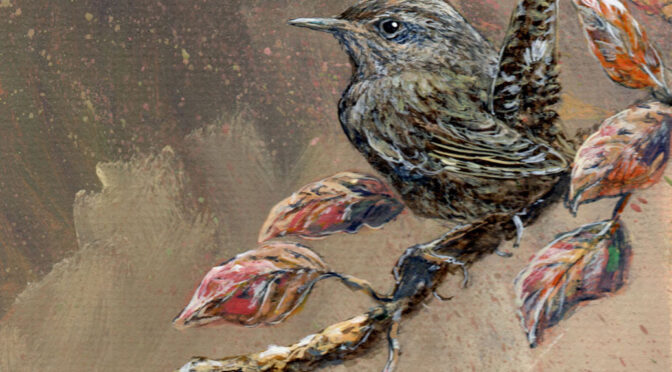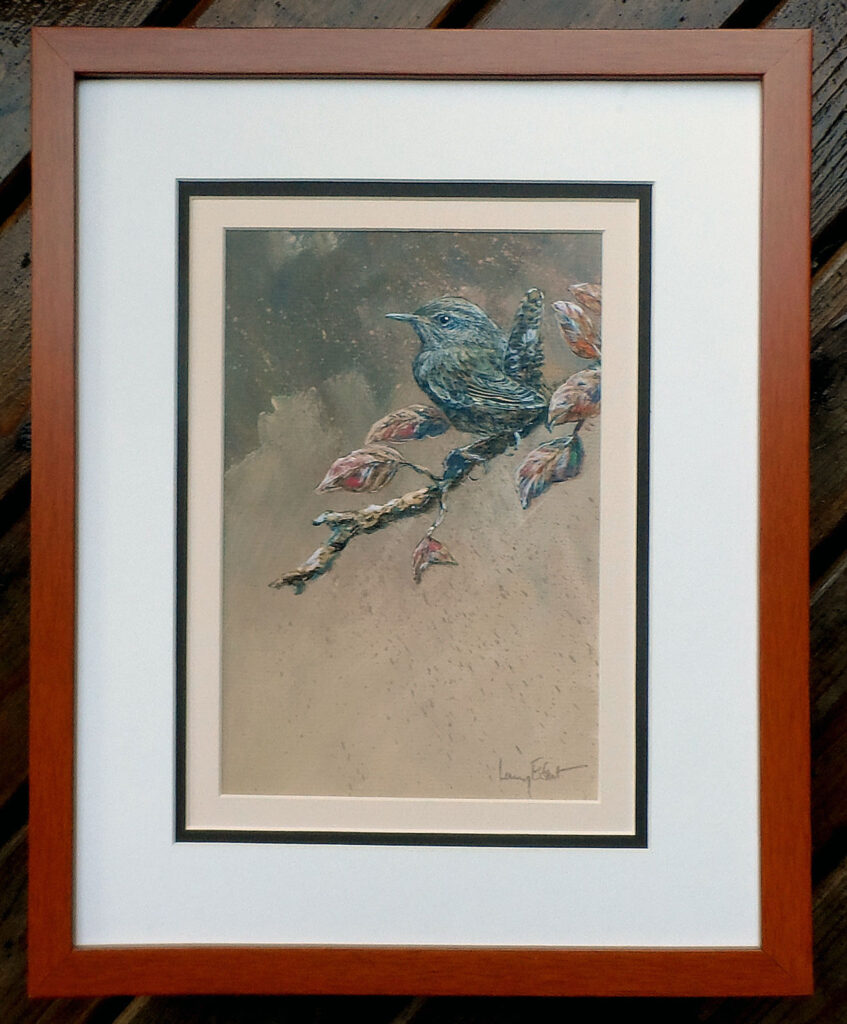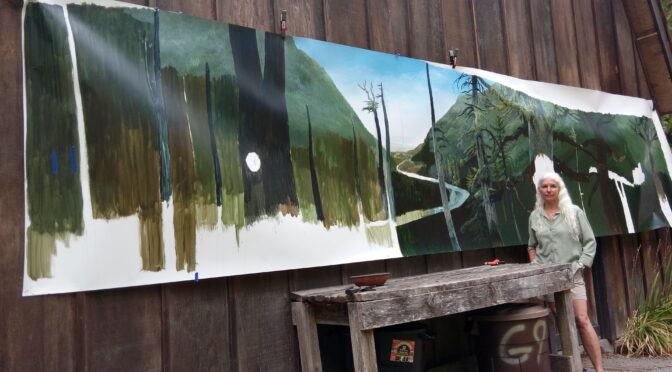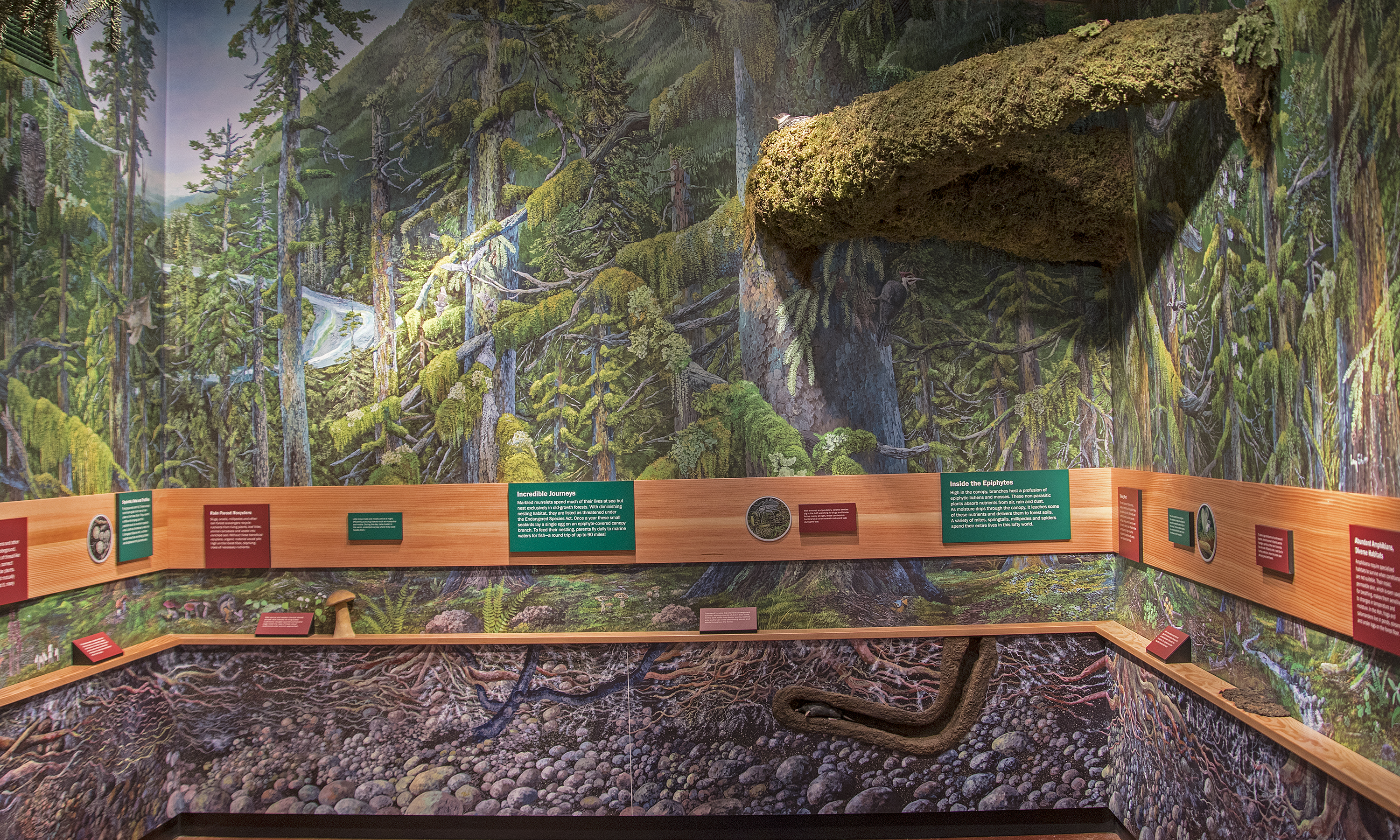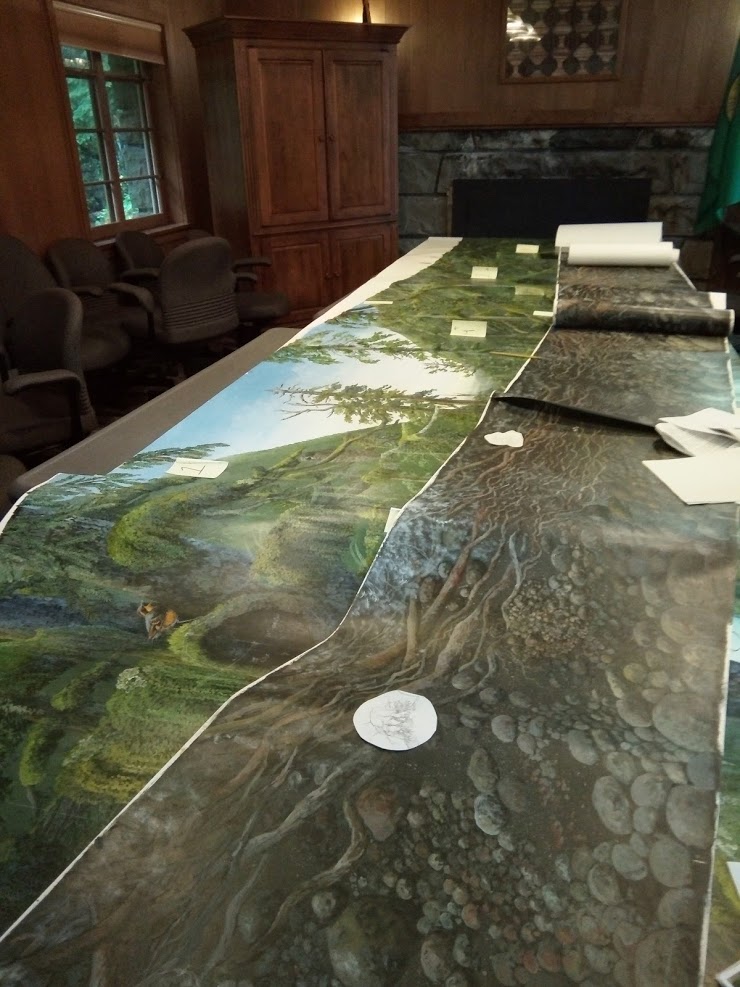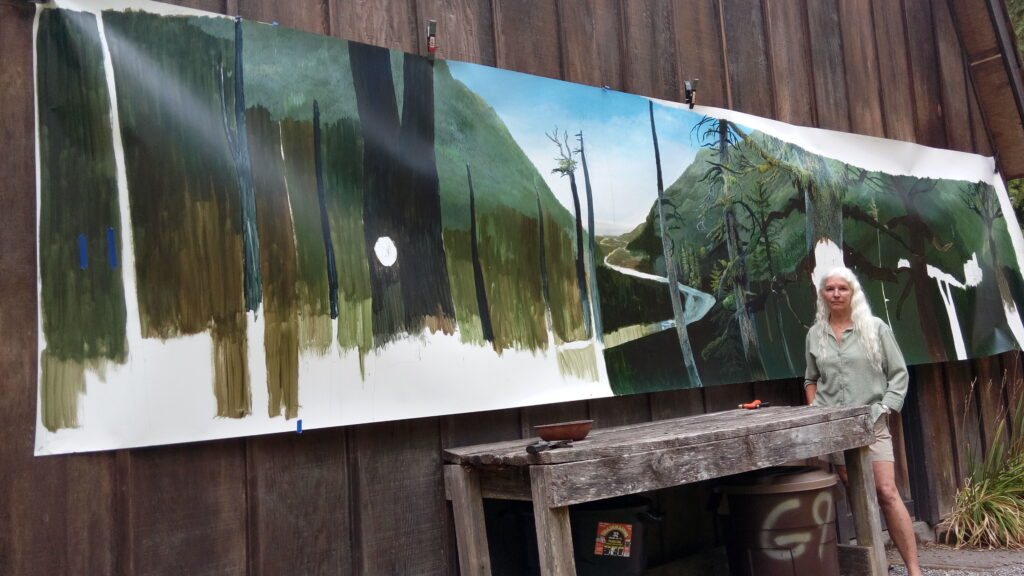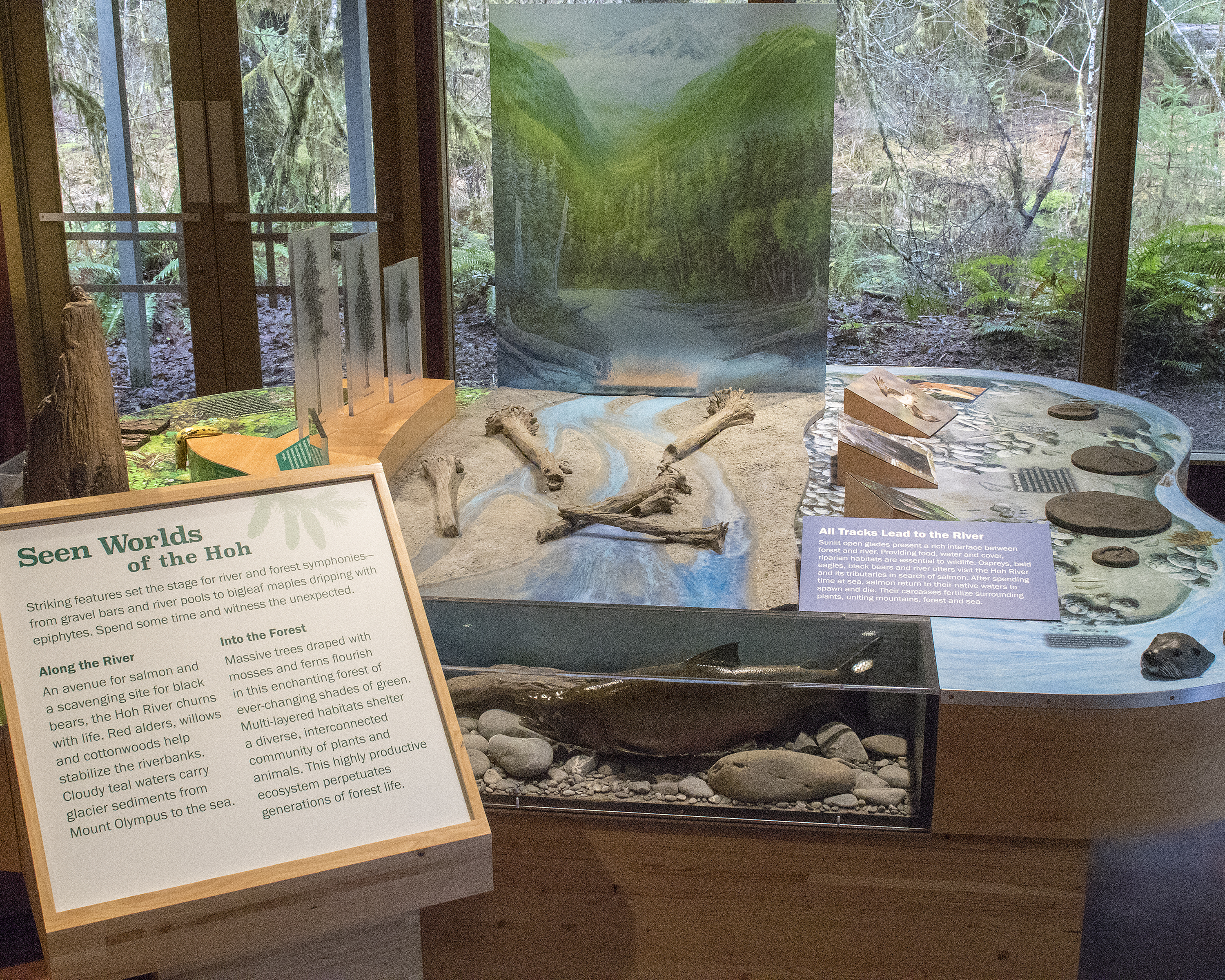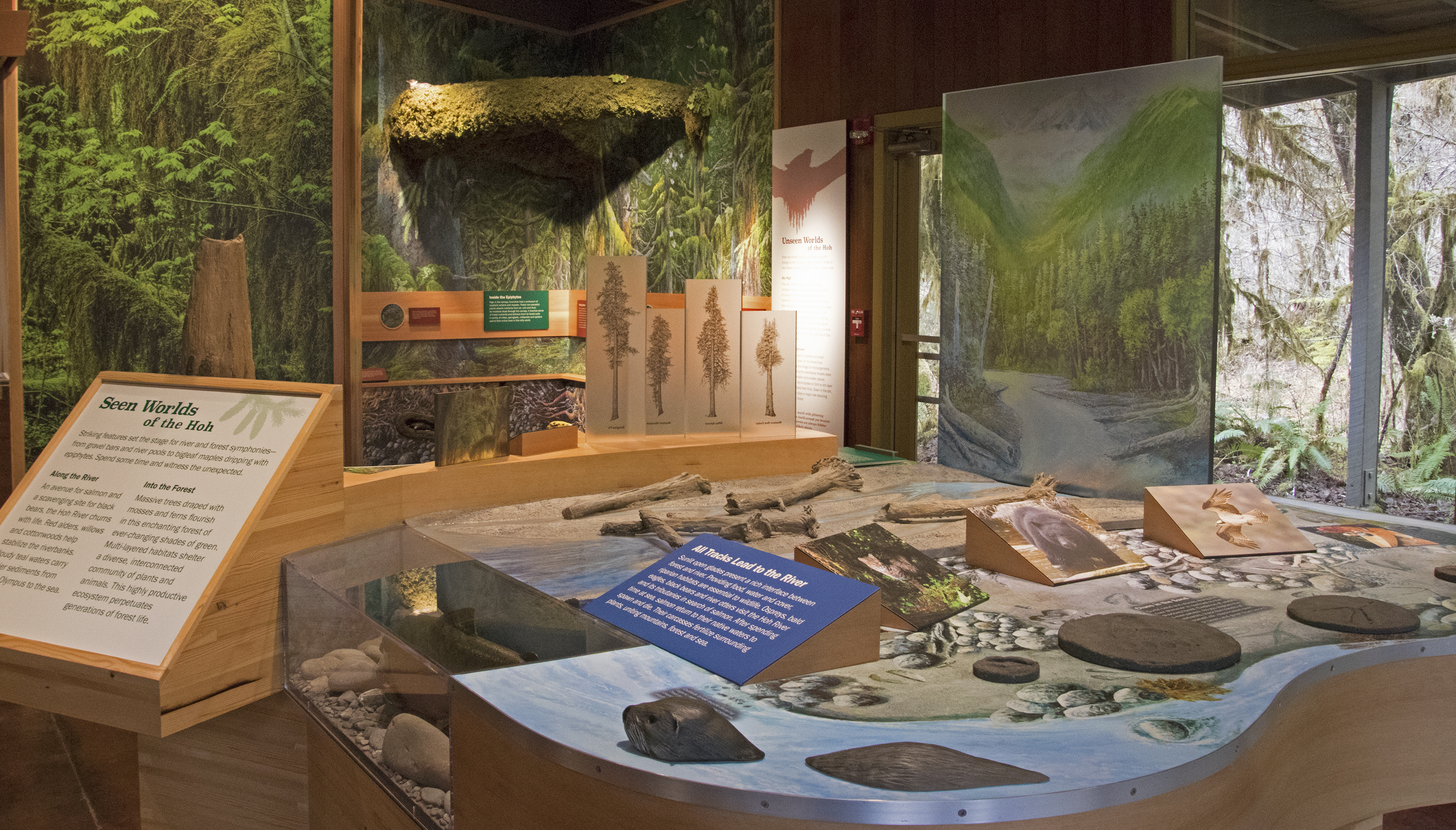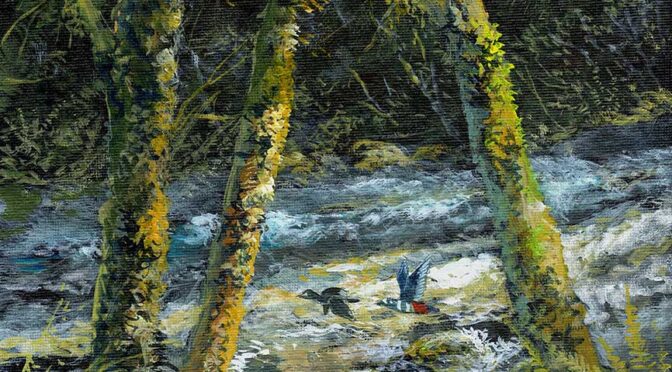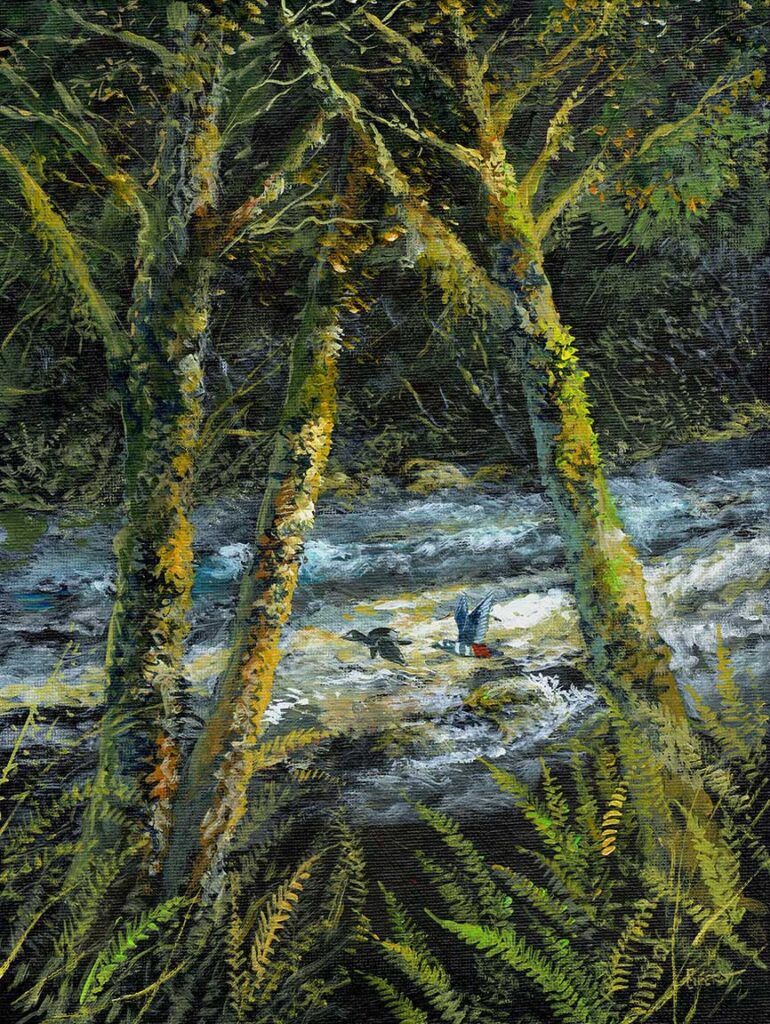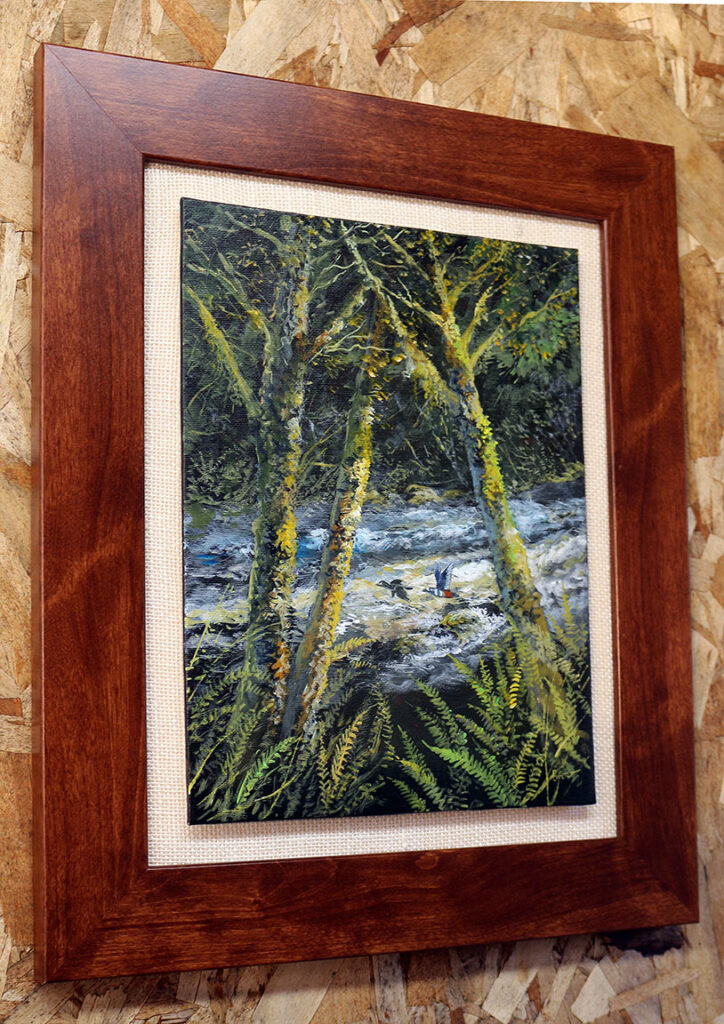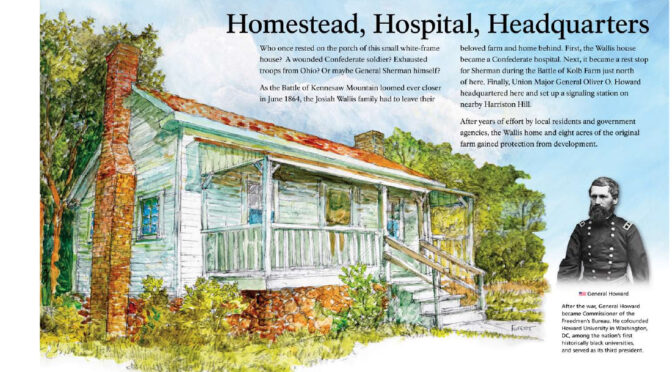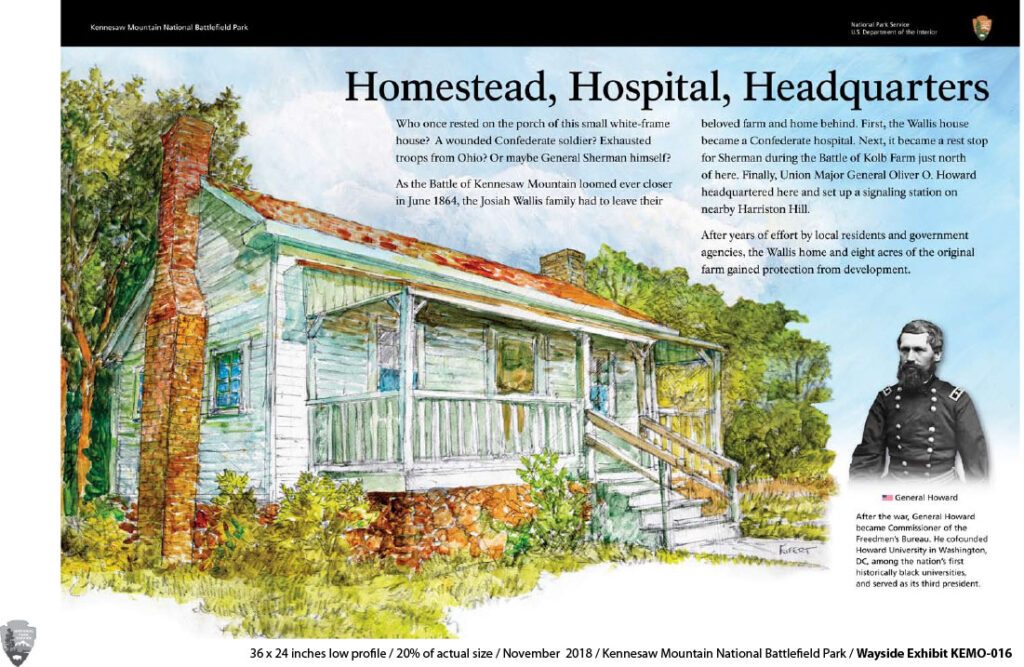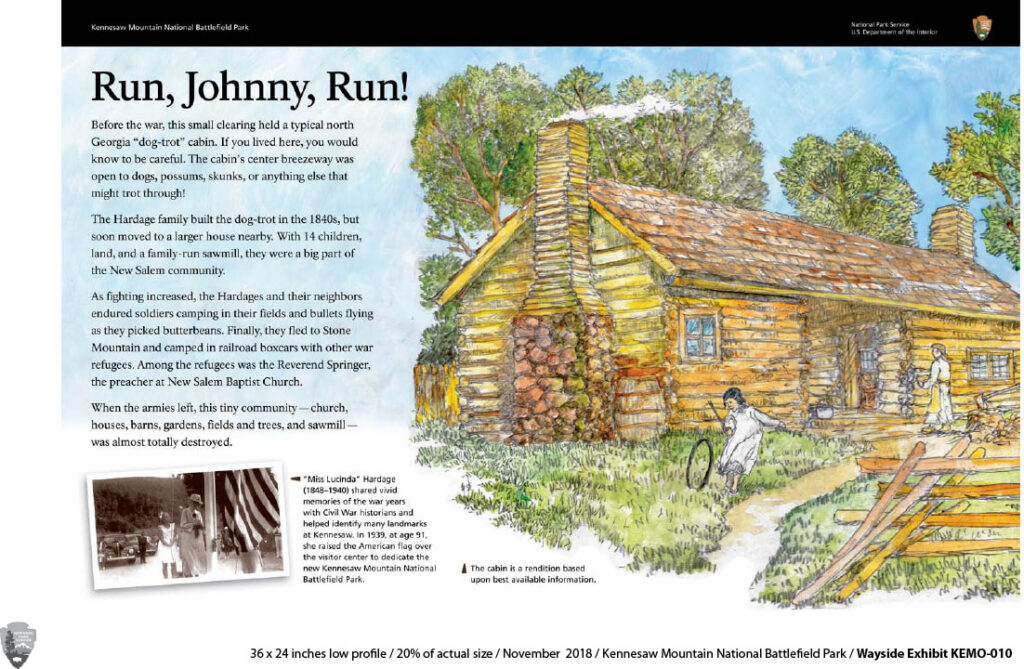(click the images to enlarge this in your browser)
{This painting is sold, sorry}
Here’s a new original painting that’s actually available for sale. I’m finally enjoying some easel time to develop art that isn’t already commissioned. I counted something like 28 paintings I’ve painted for the National Park Service since I’ve finished something like this one. Long overdue!
We saw this interesting woodpecker in the Hoh Rain Forest where it was just walking down the trail and looking for insects. It seemed very curious about us, too, so maybe this is a homage to that experience. This is NOT how we normally see them here in our forest, where they do uncharacteristic woodpecker-stuff. They peck out rows of perfectly lined up and symmetric holes about 1/4″ in diameter – many rows on a single tree. Sap accumulates in these holes and the sapsucker (perfect name, someone was thinking) returns later to feed on the sap – as well as the insects that have congregated to do the same thing. It’s a good story you can tell when showing off your new painting.
Here’s a real tree with the lines of sapsucker holes.

And here’s the framed painting.
If you’d like this original painting, an acrylic on board, it’s outside dimensions are about 12″ x 15″ in this pecan frame with a triple mat and under glass. We’re offering it for $195 including the frame and shipping will be added (usually Priory Mail). We take all sorts of payment, just email me at larry@larryeifert.com if you’re interested.
Thanks for reading this week – and the entire year for that matter.
Larry Eifert
Here’s the blog on the web. And here’s my Facebook fan page. I post lots of other stuff there.
Click here to go to our main website – with jigsaw puzzles, prints, interpretive portfolios and lots of other stuff.
Nancy’s web portfolio of stunning photography
And here to go to Virginia Eifert’s website. Her books are now becoming available as Amazon Kindle books.
